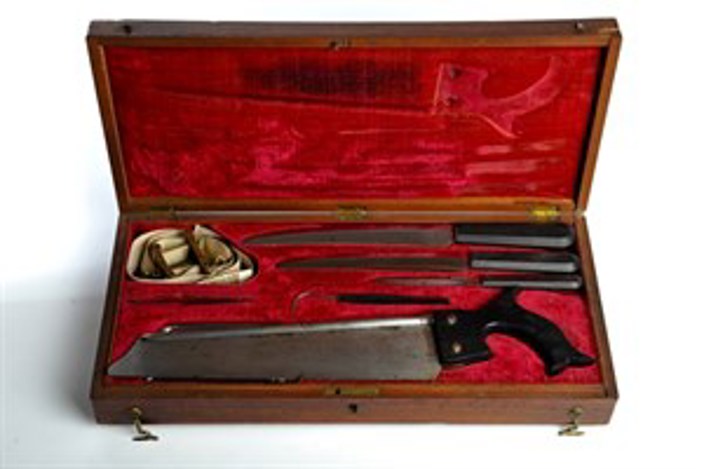Social History
The museum has an extensive social history collection that illustrates the development of the town from Tudor times to the present day city.
Objects from the collection, such as those owned by suffragette Grace Chappelow, help to bring the fascinating stories of everyday people from the past to life. Significant strengths in the collection include toys and costume.
Knife and cup smuggled out of Holloway Prison by suffragette Grace Chappelow
Grace Chappelow was imprisoned on three occasions:
- in 1911, when a riot with police broke out after a large group of suffragettes tried to storm the House of Parliament
- in 1912, for smashing windows of the Mansion House in London
- again in 1912, after she refused to pay a fine over an incident involving her dog
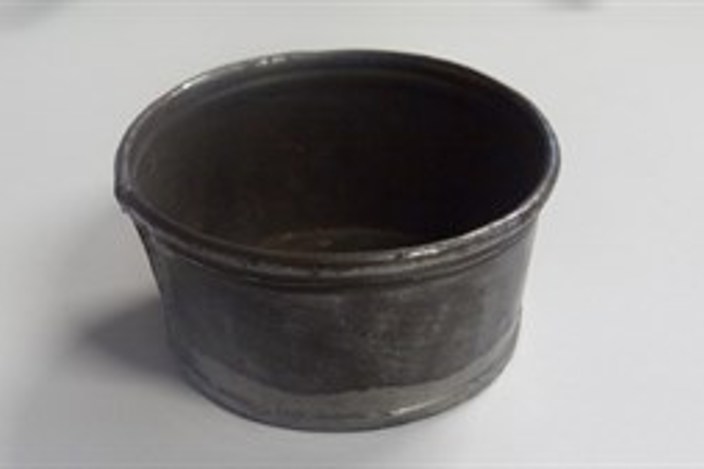
Luftwaffe model of the Hoffmann and Marconi factories
This model was recovered from a German airfield after World War II. The model was made to help German pilots target Chelmsford factories.
Marconi and Hoffmanns were hit several times. They were targeted because they were large and important factories involved in making weapons and equipment. Marconi for instance made radios for the army, navy and air force including those used by spies in German-occupied countries.
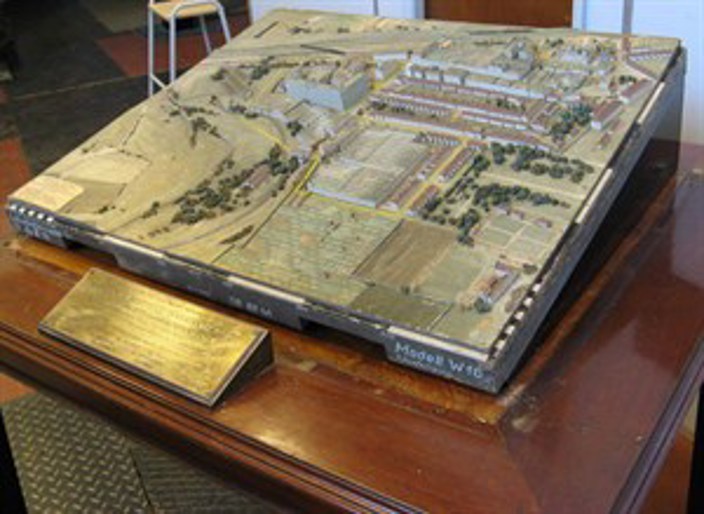
Ingenious Chelmsford Spitfire Fund Collections box
All towns tried to compete with each other to collect enough money to sponsor a spitfire and have it named after them. The Chelmsford spitfire was presented to the nation in 1940/41.
The box was made by GD Swan of Wickford. When a coin was inserted, the propeller went round.
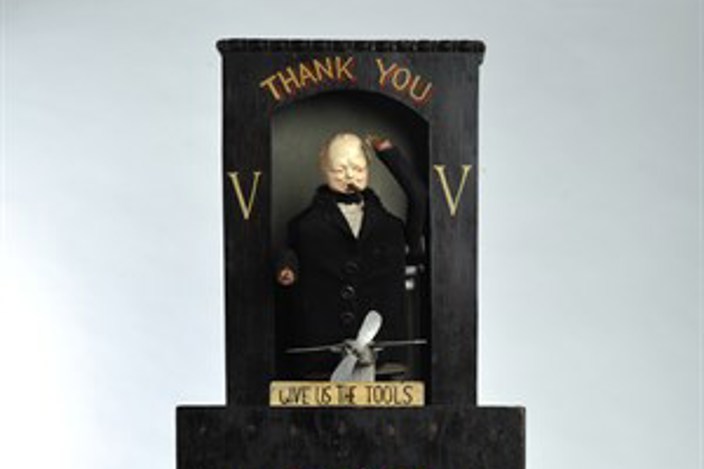
Odde Volume Number 1
Made for Edmund Durrant by the Castle Hedingham Pottery, 1893.
The Chelmsford Odde Volumes was a society of book lovers whose purpose was to encourage literature, the fine arts, science, archaeology and music. It was founded in 1888 by bookseller and stationer Edmund Durrant.
Meetings were held in Durrant's house at 90 High Street Chelmsford.
This society visited Castle Hedingham Pottery and commissioned this piece featuring the likeness of their founder.
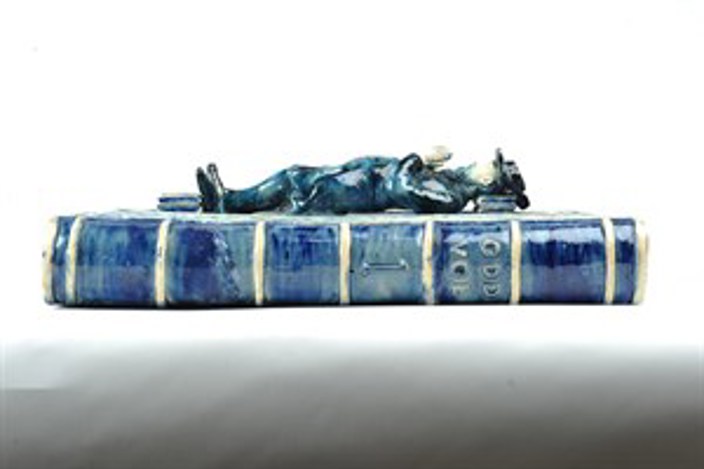
Pitt Club bronze box
The Pitt Club was originally intended as a political club, to honour the name and memory of William Pitt and to uphold the political principles for which he stood.
From the start however, there was a social element and this became more important and the Club became more of an elite gentleman's dining club.
The club met at the Black Boy Inn from 1817 to 1824.
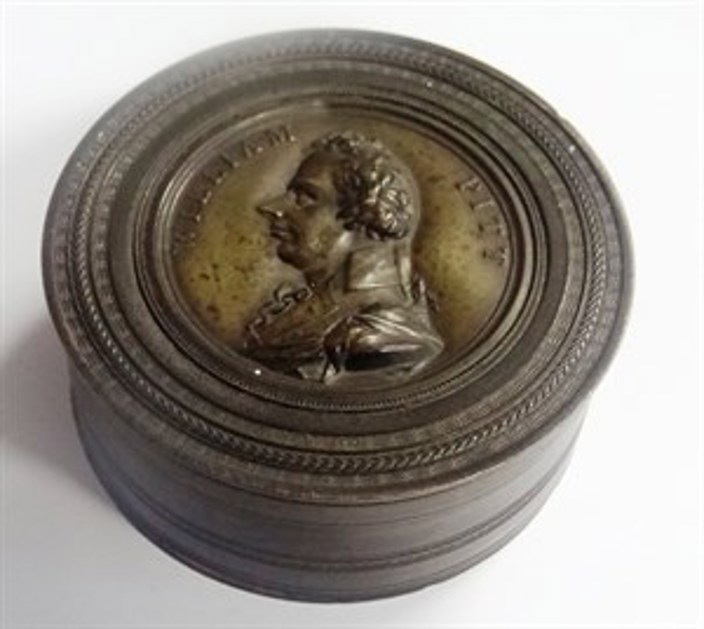
Portcullis badge
This badge was designed by Sylvia Pankhurst (daughter of Emmeline Pankhurst) and presented to Grace Chappelow and other suffragettes that had been imprisoned in Holloway.
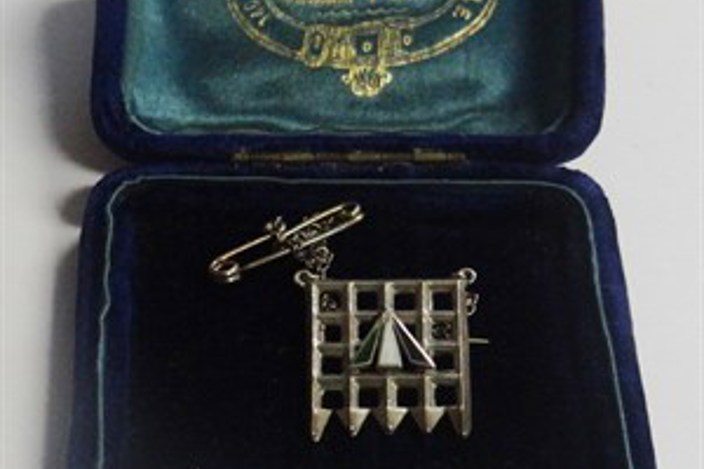
Ginger beer bottles
Local stoneware ginger beer bottles, made and sold in Chelmsford. They are the equivalent of a modern fizzy drinks can.
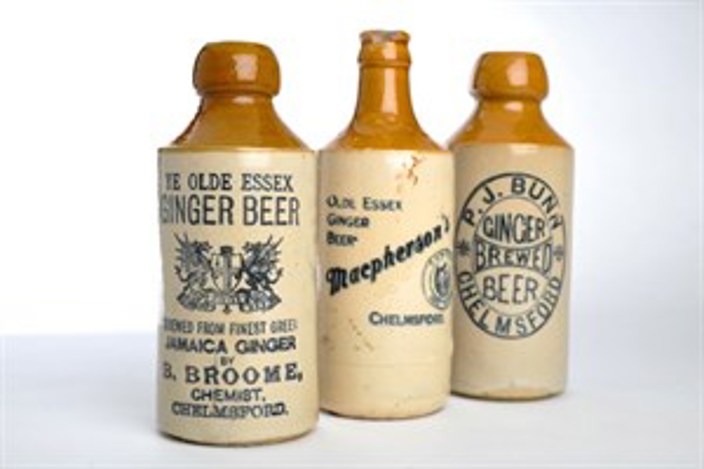
Amputation set, c 1850
The use of anaesthetics was only introduced in 1846.
